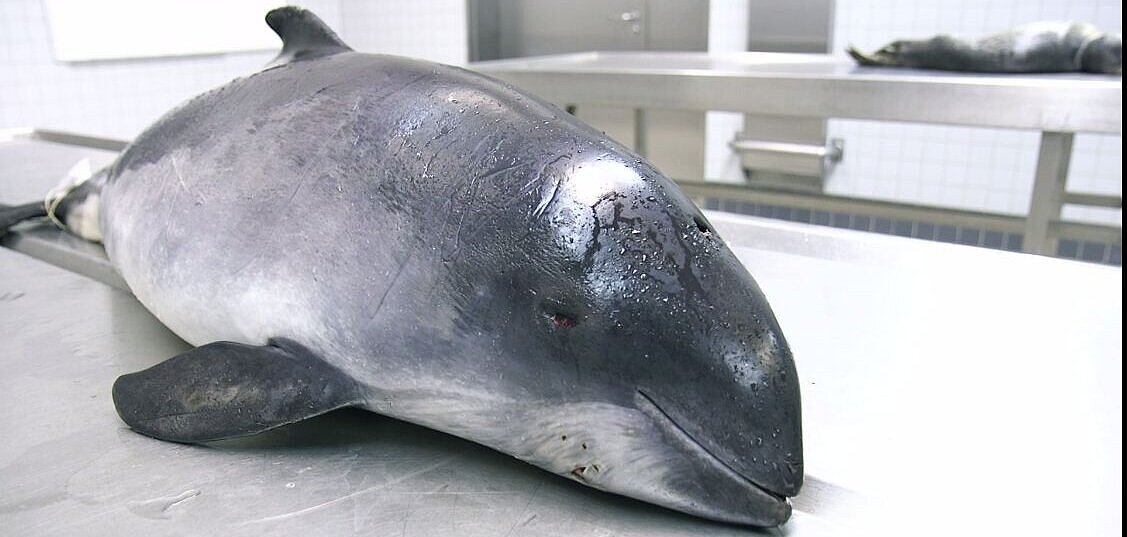
| Project leader: | Prof. Prof. h. c. Dr. Ursula Siebert |
|---|---|
| Scientific staff: | Maria Morell Ybarz |
| Project term: | July 2021 until February 2022 |
| Sponsorship: | Ministry of Energy, Agriculture, the Environment, Nature and Digitalisation (MELUND) |
Project description
Research on marine mammals started in Büsum after the first seal mortality in 1988/89. The aim of the scientists is to study the biology and ecology of marine mammals and to assess the impact of humans on the animals, their health and their population. The scientific focus is on studies of health (exposure to pollutants, underwater noise, stress, immune system, infectious diseases, etc.) as well as behaviour, habitat use, population densities and impacts of anthropogenic interventions. Among other lines of research, the scientists are currently investigating the effects of underwater noise (e.g. from explosions, offshore wind turbines, shipping) on the behaviour and health of seals and harbour porpoises, chemical pollution and waste, disturbances and fishing on marine mammals. The stranding network ensures that whales and seals found on the coasts of Schleswig-Holstein can be reported, recovered and necropsied. The state of health is determined by means of further histological, microbiological and parasitological examinations. In this project, the tissues of porpoises found dead in the North Sea and the Baltic Sea will be examined for specific pollutants and the auditory apparatus will be analysed.
The following pollutants will be investigated in the liver and fat of harbour porpoises from waters in Schleswig-Holstein: polychlorinated biphenyls (PCBs) and derivatives, dichloro-diphenyl-trichloroethane (DDT), polybrominated diphenyl ethers (PBDEs) and mercury (Hg). The results of the toxicological investigation will be combined with the data on health status from the autopsies and an ecotoxicological assessment will be made. The results will be used for the development of further investigations for the various agreements, such as HELCOM, OSPAR, MSRL, and development of indicators.
For investigations of the auditory apparatus, dead harbour porpoises recovered within the framework of the small cetacean monitoring programme of the Land of Schleswig-Holstein should be collected immediately after reporting in order to remove and preserve the ears as fresh as possible for the investigation. In particular, harbour porpoises found dead after blasting and other impulse sound events as well as by-catches and live strandings shall be included. High-resolution computed tomography scans of the ear bones will be performed as well as confocal microscopic and histological examinations.
The studies on the auditory apparatus of harbour porpoises carried out in this project will be considered in the context of ongoing or completed studies at ITAW with similar questions. The results of this project will be used to assess whether changes in various structures of the auditory pathways may have been caused by exposure of harbour porpoises to explosions or other impulsive sound events.
Contact person
Stiftung Tierärztliche Hochschule Hannover
Institute for Terrestrial and Aquatic Wildlife Research
Werftstr. 6
25761 Büsum
Maria Morell, PhD
Phone: +49 (0)511-8568178
e-mail


